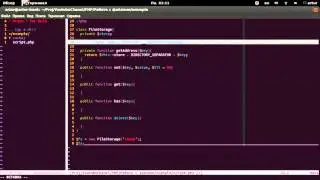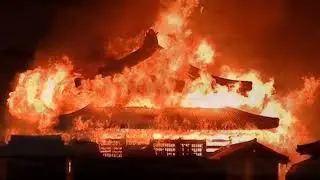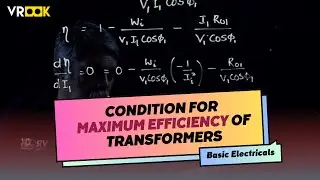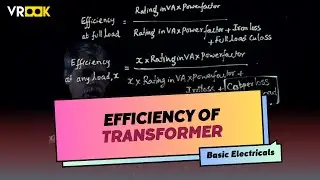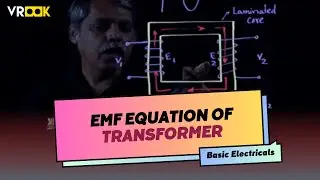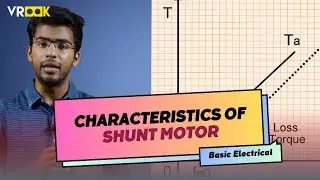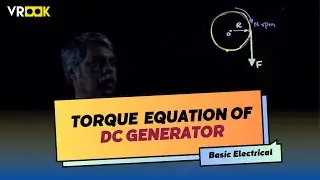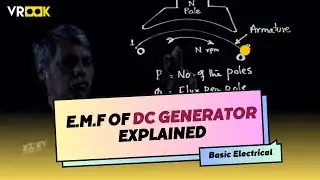What is Forced Oscillation?
Forced oscillation, also known as driven oscillation or forced vibration, refers to a situation in physics and engineering where an oscillating system or object is subjected to an external force or input. In this context, an oscillating system typically refers to something that moves back and forth periodically, such as a pendulum, a spring-mass system, or an electrical circuit.
Here are the key points about forced oscillation:
Natural Frequency: Every oscillating system has a natural frequency at which it tends to vibrate when left undisturbed. For example, a pendulum has a natural frequency determined by its length.
External Force: In forced oscillation, an external force is applied to the oscillating system. This external force may have a different frequency than the natural frequency of the system.
Response: When an external force is applied, the system responds by oscillating at the same frequency as the external force, even if it's different from the natural frequency. This is called resonance.
Amplitude: The amplitude of the oscillation (how far it swings back and forth) depends on the frequency and amplitude of the external force. At resonance, the amplitude can become very large.
Applications: Forced oscillation is a common phenomenon in various fields, including mechanical engineering (e.g., vibrations in machinery), electrical engineering (e.g., alternating current circuits), and physics (e.g., pendulum clocks).
Damping: Damping, which represents the dissipation of energy in the system, can also play a role in forced oscillation. Damping can reduce the amplitude of the oscillation and affect the system's response to external forces.
Control and Analysis: Understanding forced oscillation is essential in engineering for designing systems that can resist or take advantage of external forces, and in physics for studying phenomena like resonance.
In summary, forced oscillation occurs when an oscillating system is subjected to an external force, causing it to oscillate at the same frequency as the applied force. This phenomenon is important in various fields and is particularly relevant in engineering and physics when designing and analyzing systems that involve oscillatory behavior.
Forced Oscillation
Engineering Students
Mechanical Vibrations
Resonance
Natural Frequency
Damping
Harmonic Motion
Mechanical Engineering
Oscillatory Systems
Vibrational Analysis
Engineering Education
Vibration Analysis
External Force
Amplitude
Frequency Response
Vibrations in Machinery
Engineering Concepts
Oscillation Physics
Engineering Tutorials
Indian Engineering Curriculum
Coimbatore Institute of Technology (CIT), Coimbatore
RV College of Engineering (RVCE), Bangalore
National Institute of Technology, Goa (NIT Goa)
PES Institute of Technology and Management (PESITM), Shivamogga
SSN College of Engineering, Chennai
Ramaiah Institute of Technology (RIT), Bangalore
College of Engineering, Thiruvananthapuram (CET)
Thiagarajar College of Engineering, Madurai (TCE)
Sri Krishna College of Engineering and Technology (SKCET), Coimbatore
Kumaraguru College of Technology (KCT), Coimbatore
College of Engineering, Guindy (CEG), Chennai
Birla Institute of Technology and Science, Pilani (BITS Pilani) - Hyderabad Campus
Vellore Institute of Technology (VIT)
SASTRA University, Thanjavur
PSG College of Technology, Coimbatore
Sri Venkateswara University College of Engineering (SVUCE), Tirupati
PES University, Bangalore
Manipal Institute of Technology (MIT), Manipal
Government Engineering College, Kozhikode (GECK)
Amrita School of Engineering, Coimbatore

![Roblox [Murder Mystery 2] {Funny Moments} Part 2 XD |Roblox Malaysia|](https://images.videosashka.com/watch/BdHrdavXi3M)
